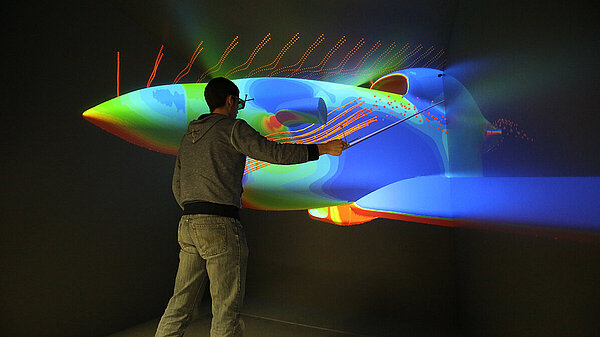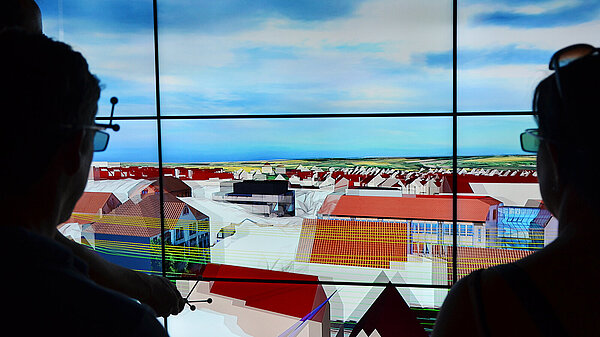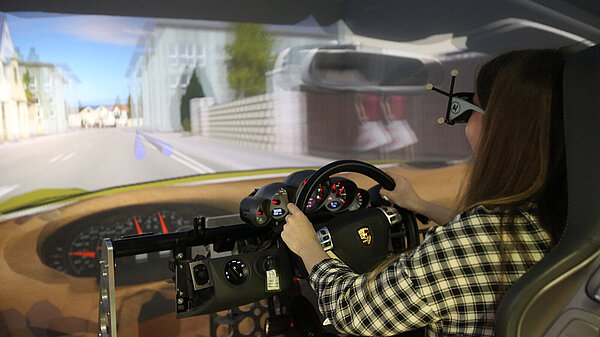High-Performance Computing Center Stuttgart

HLRS is home both to powerful supercomputers and a remarkable visualization infrastructure that are integrated in ways that make it possible to experience extremely complex simulations in virtual reality. Software developed at HLRS transforms data into dynamic projections. Wearing 3D glasses or head-mounted displays, users of our facilities and other tools can meet in groups to discuss and analyze results collaboratively.

